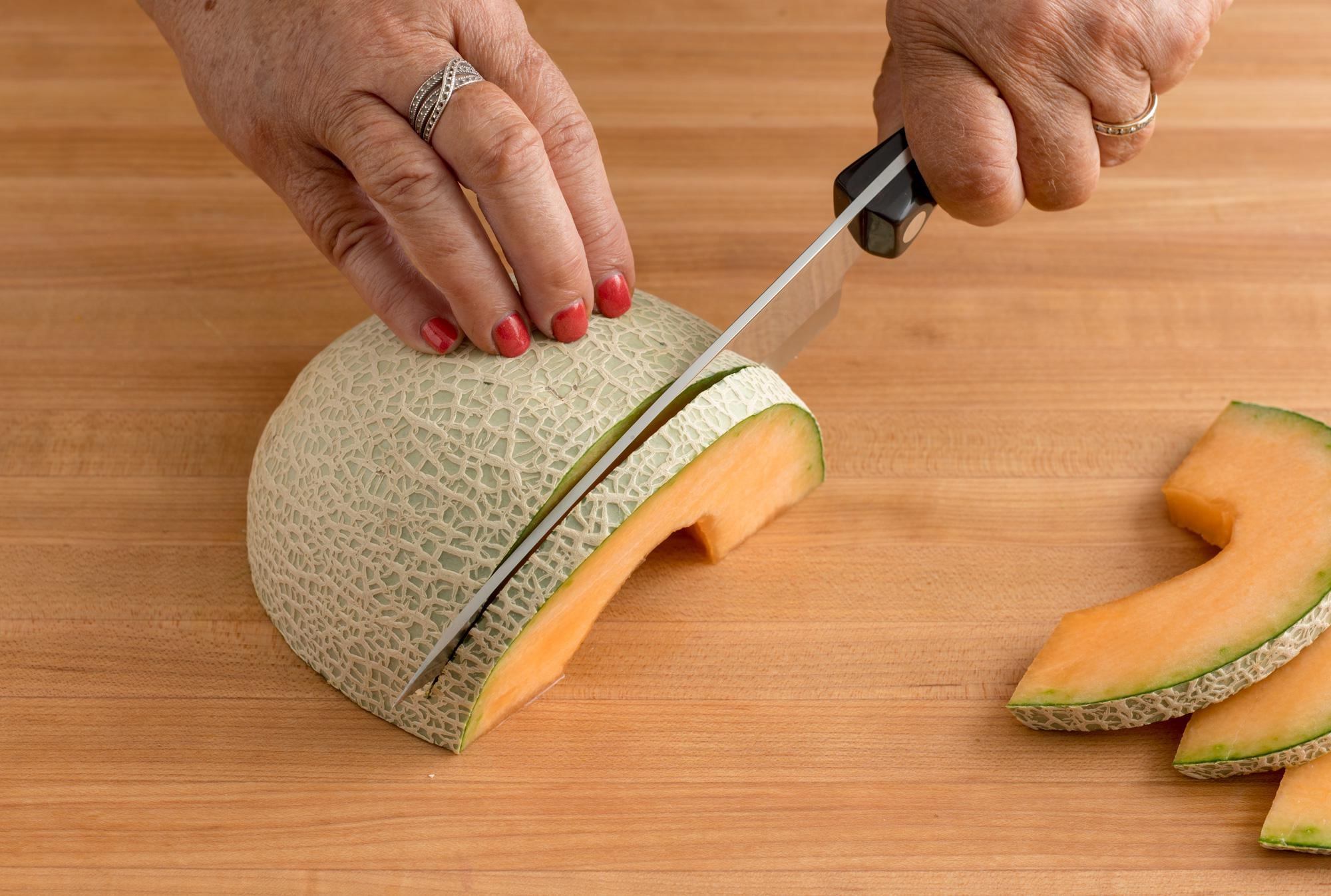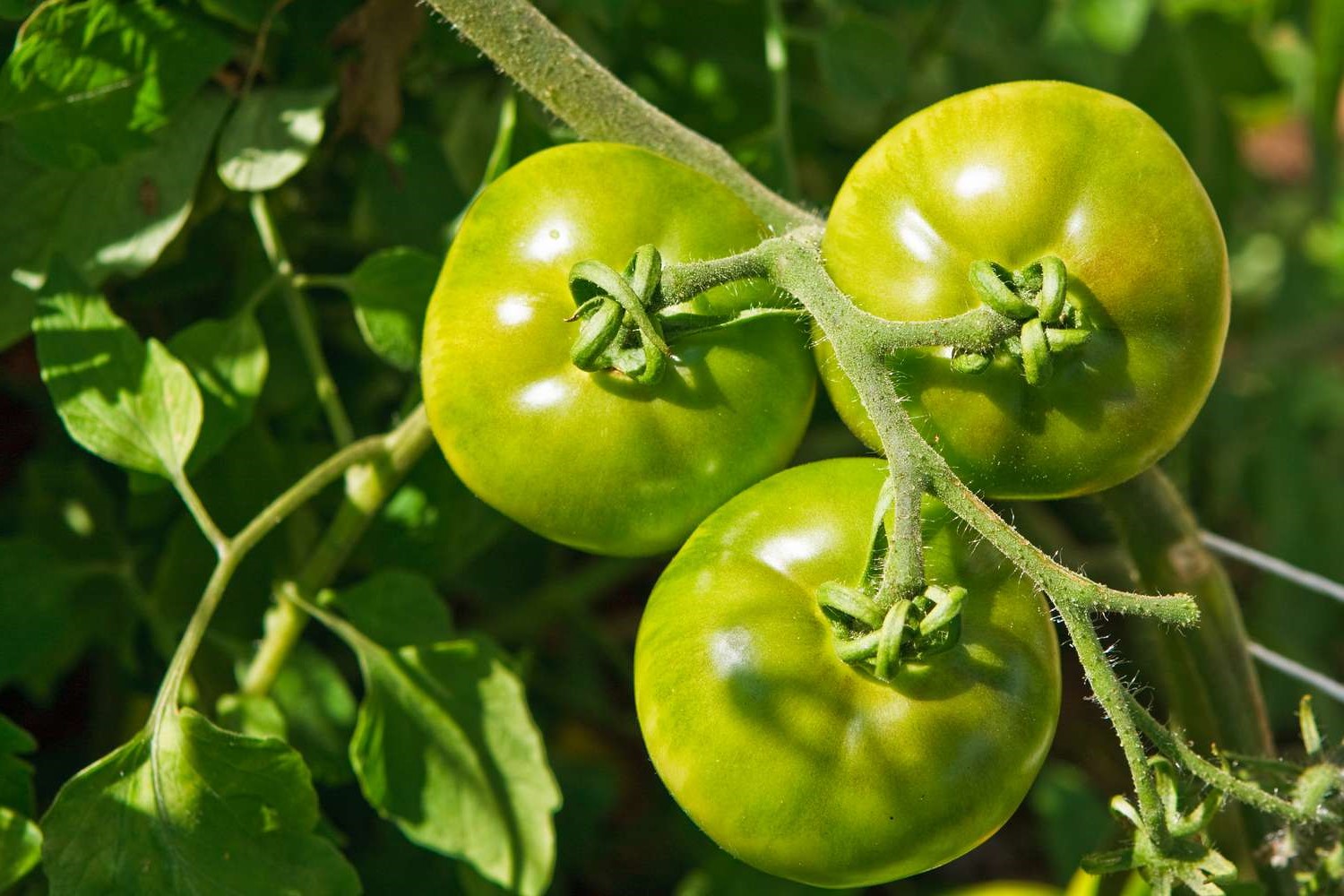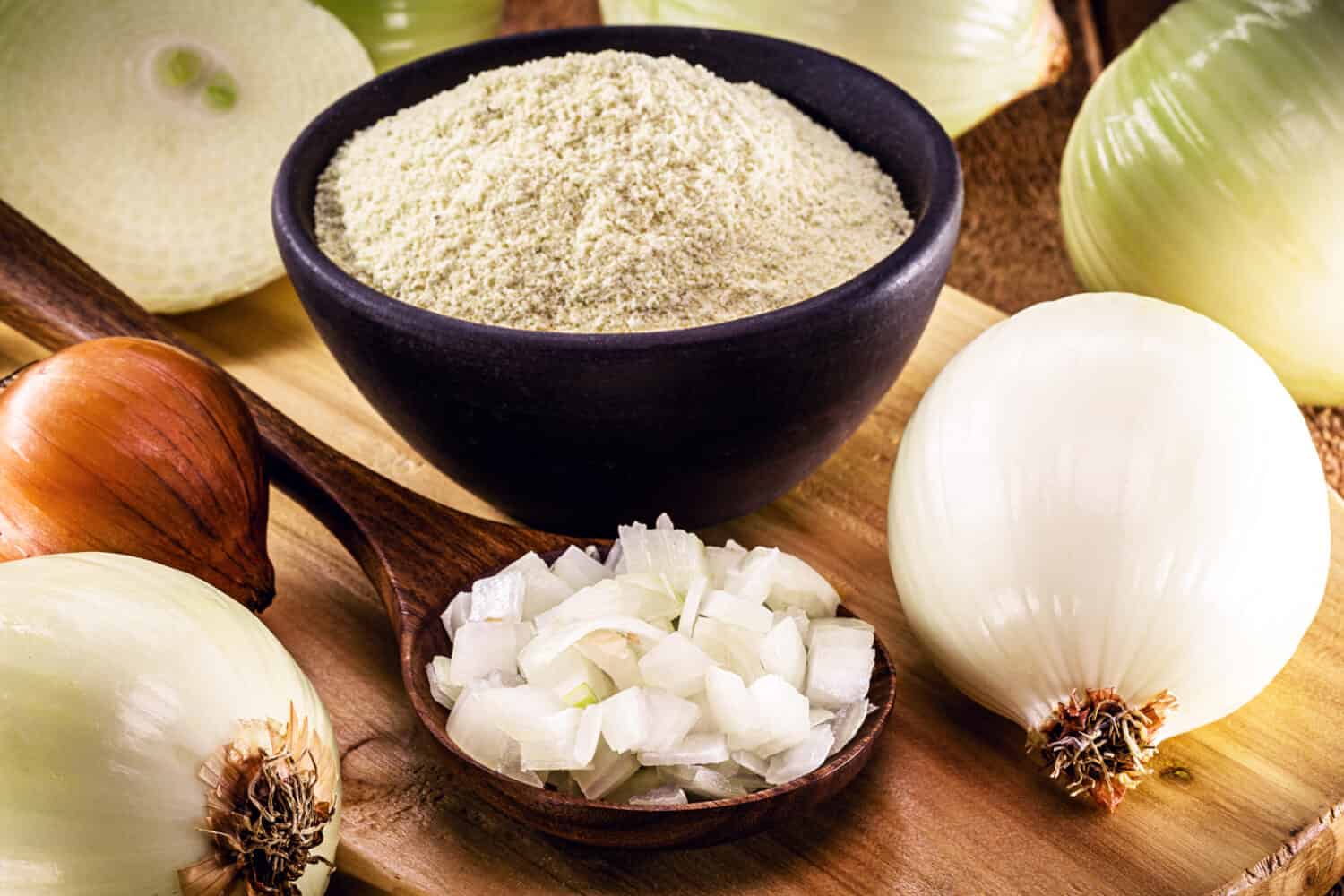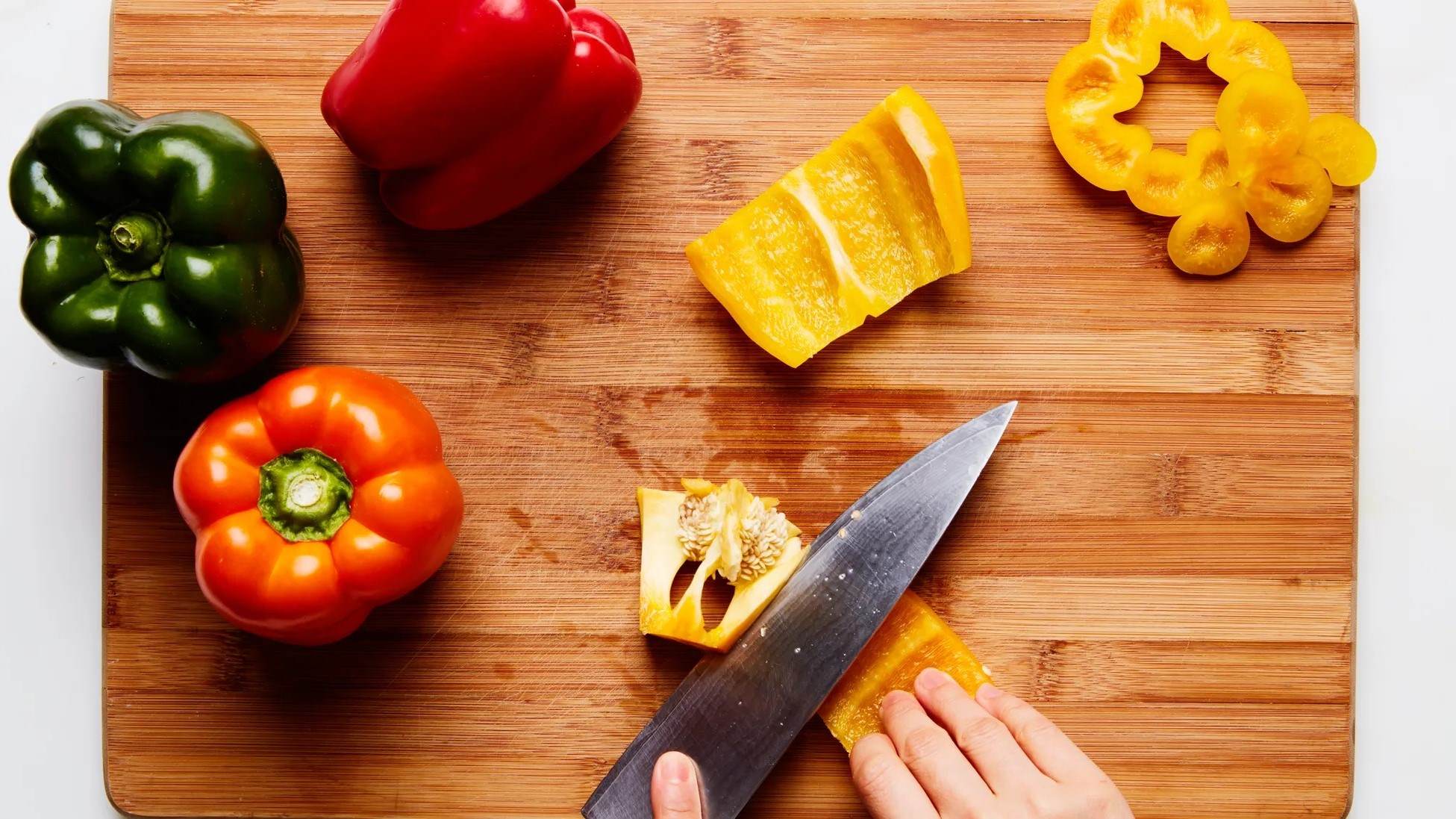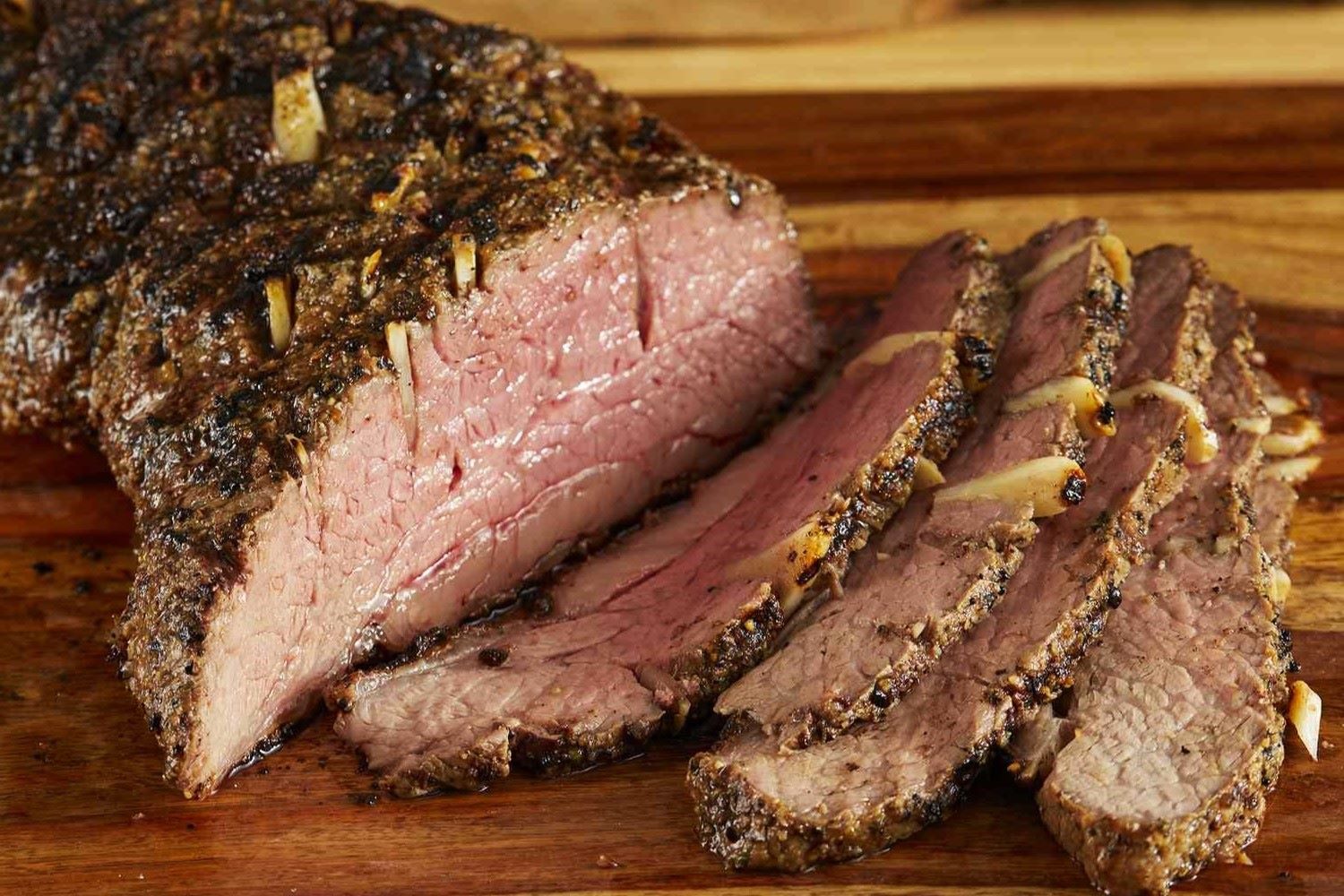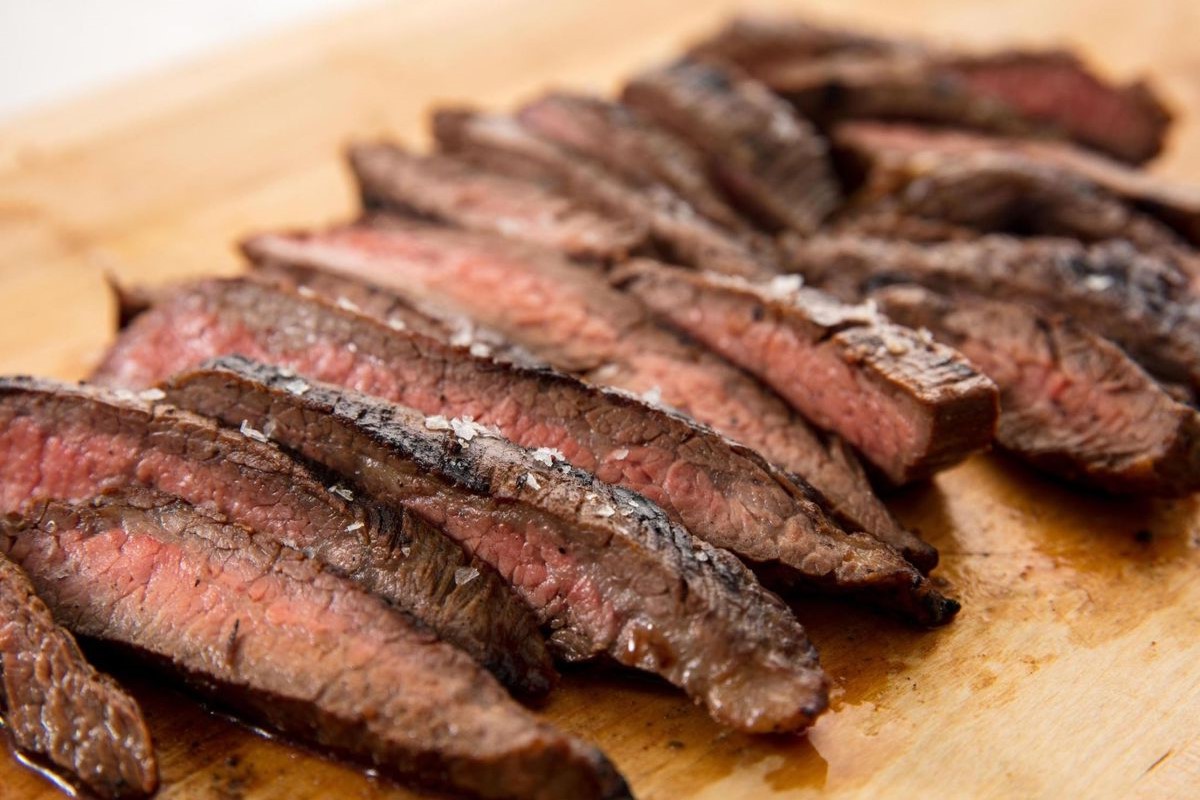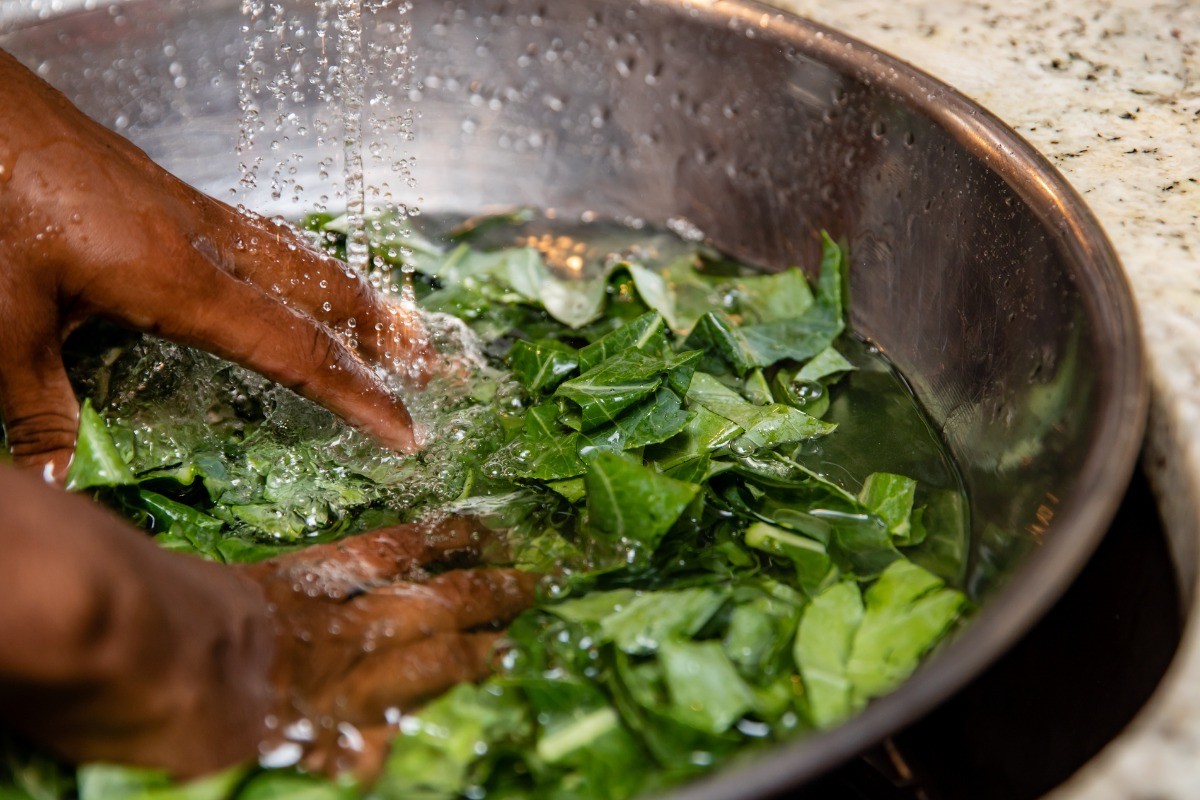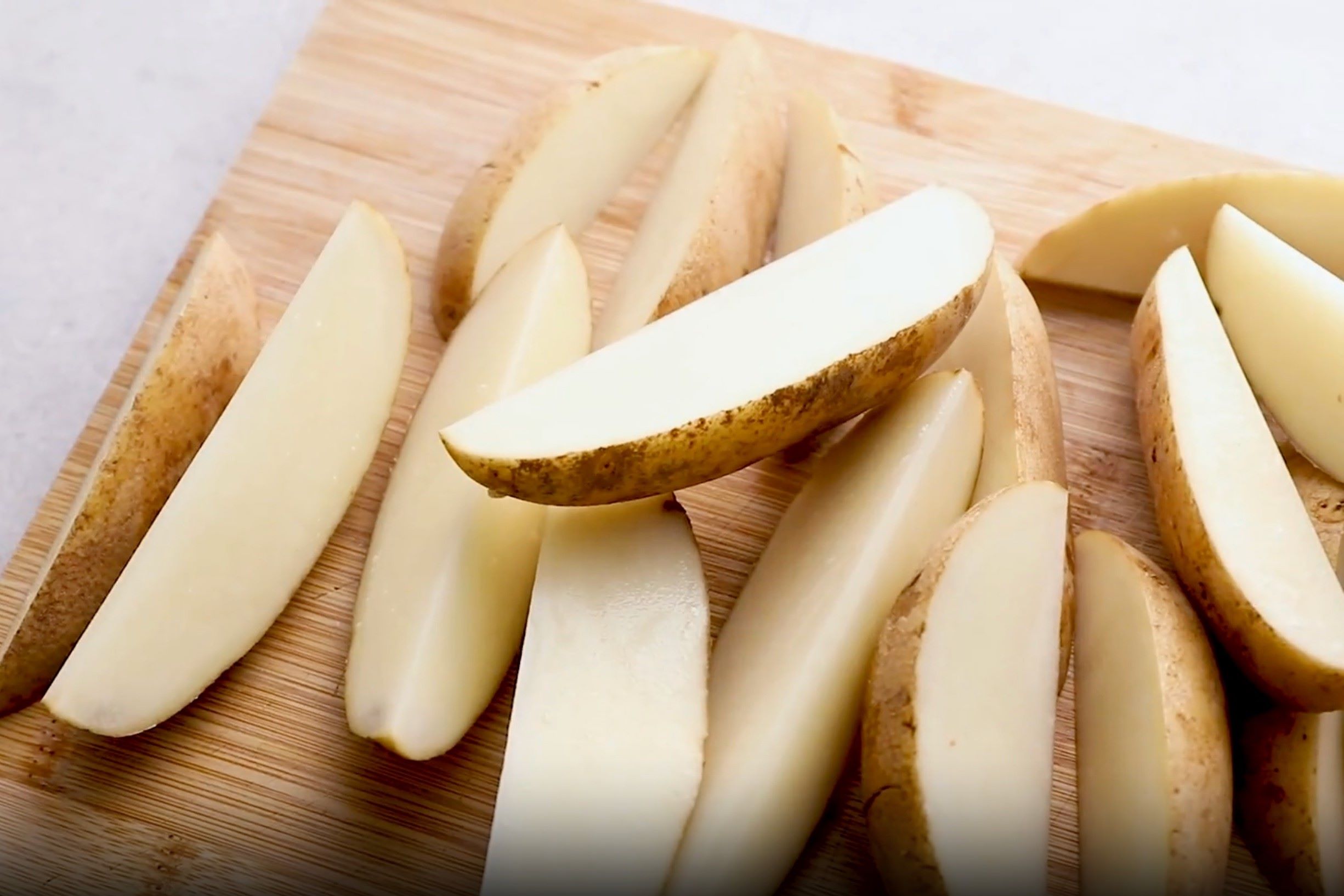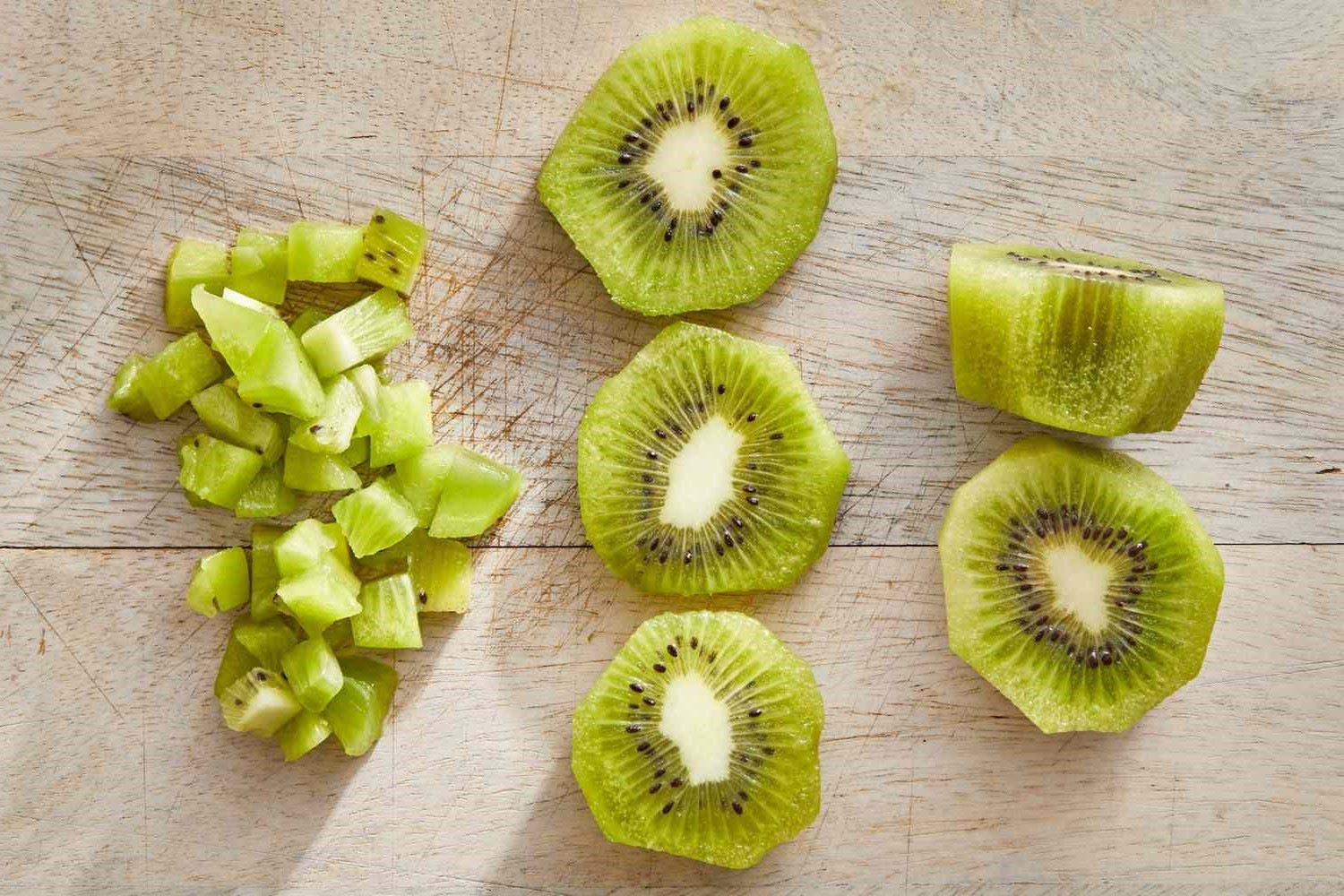Home>Food and Cooking>How To Cut Green Onions
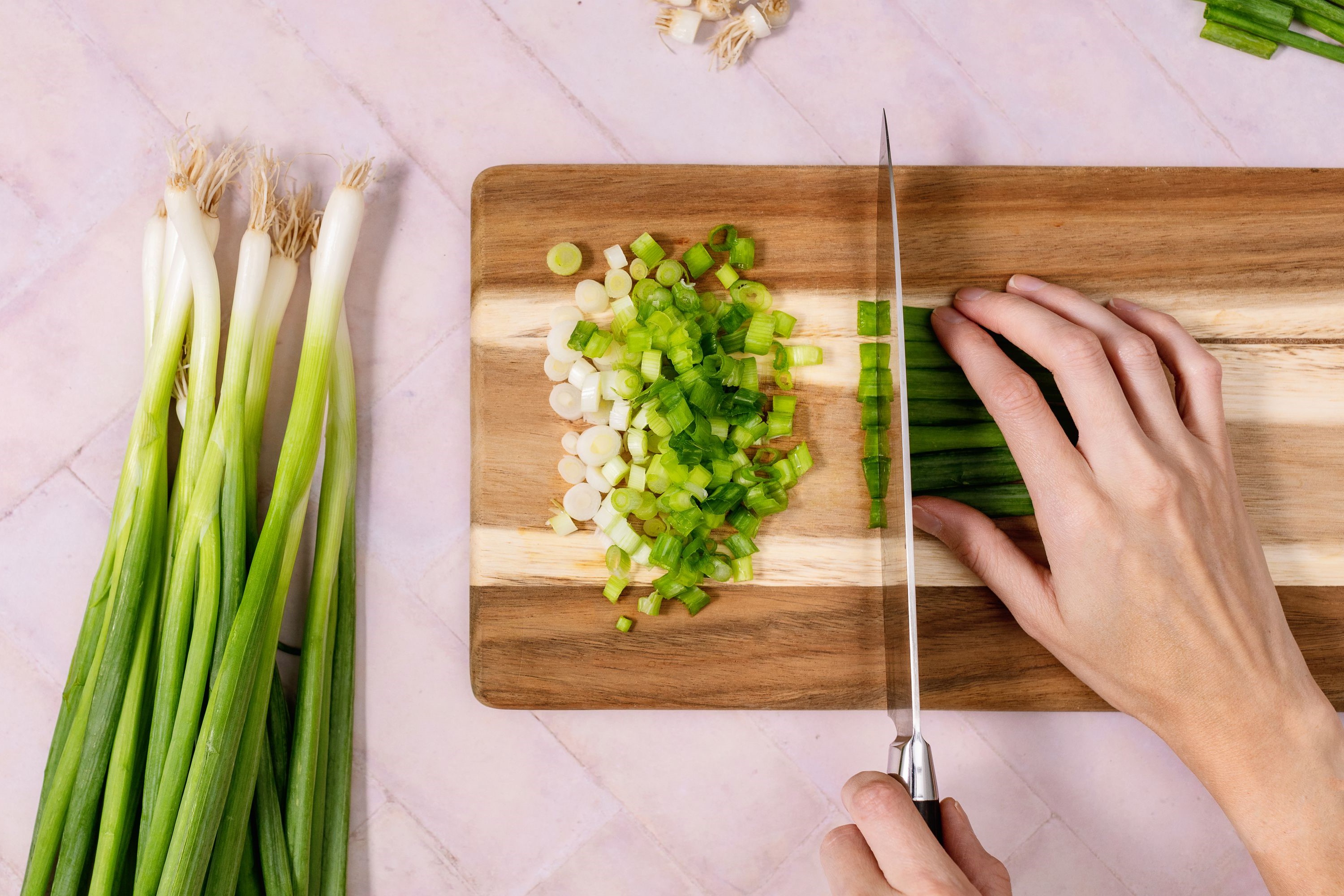

Food and Cooking
How To Cut Green Onions
Published: February 28, 2024
Learn the best techniques for cutting green onions in this comprehensive guide. Elevate your food and cooking skills with these expert tips.
(Many of the links in this article redirect to a specific reviewed product. Your purchase of these products through affiliate links helps to generate commission for Noodls.com, at no extra cost. Learn more)
Table of Contents
Introduction
Green onions, also known as scallions, are versatile and flavorful vegetables that add a delightful touch to a wide array of dishes. Whether you're preparing a savory stir-fry, a vibrant salad, or a fragrant soup, green onions can elevate the taste and visual appeal of your culinary creations. Understanding how to cut green onions properly is essential for unlocking their full potential in your cooking endeavors.
In this comprehensive guide, we will delve into the art of cutting green onions with precision and finesse. From the essential tools and ingredients to the various cutting techniques and proper storage methods, you will gain valuable insights that will enhance your culinary skills and elevate your dishes to new heights. So, let's embark on this flavorful journey and master the art of cutting green onions!
Read more: How To Cook Liver And Onions
Tools and Ingredients
Before diving into the art of cutting green onions, it's essential to gather the necessary tools and ingredients to ensure a seamless and enjoyable cooking experience. Here's what you'll need:
Tools:
- Cutting Board: A sturdy and spacious cutting board provides a stable surface for slicing and dicing the green onions. Opt for a board made of wood or plastic to prevent the onions from slipping during the cutting process.
- Sharp Knife: A sharp chef's knife or a paring knife is indispensable for precision cutting. The sharpness of the knife ensures clean cuts, preserving the freshness and flavor of the green onions.
- Kitchen Shears (Optional): While a knife is the primary tool for cutting green onions, kitchen shears can be handy for snipping the onions into smaller pieces with ease.
Ingredients:
- Fresh Green Onions: Select vibrant green onions with crisp, firm stalks and roots. The fresher the green onions, the more vibrant the flavor they will impart to your dishes.
- Water (for cleaning): Clean, cold water is essential for rinsing the green onions to remove any dirt or debris before cutting.
- Paper Towels (Optional): Having paper towels on hand can be useful for patting the green onions dry after washing, ensuring they are free of excess moisture before cutting.
By ensuring you have these essential tools and ingredients at your disposal, you'll be well-equipped to embark on the next steps of cutting green onions with confidence and precision.
Step 1: Prepare the Green Onions
Before diving into the intricate process of cutting green onions, it's crucial to properly prepare them for the task at hand. This initial step sets the foundation for a seamless and enjoyable cutting experience, ensuring that the green onions are pristine and ready to impart their vibrant flavor to your culinary creations.
To begin, carefully inspect the green onions, selecting ones with vibrant green stalks and firm white bulbs. The roots should appear fresh and intact, indicating the overall freshness of the onions. Once you've chosen your green onions, it's time to embark on the preparation process.
Start by placing the green onions on a clean, spacious cutting board, readying them for a thorough rinse. Fill a bowl with cold water and gently submerge the green onions, allowing any dirt or debris to loosen from the stalks and bulbs. Swirl the green onions in the water, ensuring that all surfaces are cleansed.
After the initial rinse, transfer the green onions to a colander and rinse them once more under cold running water. This double rinsing process helps to guarantee that the green onions are free from any lingering impurities, ensuring a clean and flavorful end result.
Once the green onions have been thoroughly rinsed, carefully pat them dry with paper towels, removing any excess moisture. This step is crucial, as excess moisture can affect the texture and flavor of the green onions during the cutting process.
With the green onions now clean and dry, it's time to address any wilted or discolored outer layers. Gently peel away any limp or discolored outer leaves, revealing the crisp, vibrant layers beneath. This simple yet essential step ensures that only the freshest and most flavorful parts of the green onions are utilized in your dishes.
By meticulously preparing the green onions through these steps, you set the stage for a seamless and enjoyable cutting process, allowing the vibrant flavors and textures of the green onions to shine through in your culinary creations. With the green onions now pristine and ready for the next steps, you're poised to delve into the art of cutting them with precision and finesse.
Read more: How To Successfully Grow Onions
Step 2: Cutting Techniques
Mastering the art of cutting green onions involves employing various techniques to achieve the desired shapes and sizes for different culinary applications. Whether you're aiming for delicate rounds, elegant bias cuts, or finely minced pieces, understanding the following cutting techniques will empower you to elevate your dishes with precision and finesse.
Technique 1: Bias Cut
The bias cut, also known as a diagonal cut, involves slicing the green onions at an angle rather than straight across. This technique yields elongated, visually appealing pieces that add a touch of elegance to your dishes. To execute a bias cut, position the green onion at a slight angle on the cutting board and use a sharp knife to slice through the stalks at a 45-degree angle. The resulting bias-cut pieces showcase the vibrant green and white layers of the green onions, adding visual interest and texture to your culinary creations.
Technique 2: Thin Rounds
Creating thin rounds of green onions is ideal for garnishing soups, salads, and various Asian dishes. To achieve this, start by trimming off the root end of the green onion and discarding any wilted outer layers. Then, using a sharp knife, slice the green onion crosswise into thin rounds, producing delicate, circular pieces that impart a mild onion flavor and a crisp texture to your dishes.
Technique 3: Minced
When a more subtle onion flavor is desired, mincing the green onions into tiny pieces is the perfect technique. Begin by trimming the root end and any wilted outer layers, then finely chop the green onions into tiny, uniform pieces. This technique is commonly used in salsas, dressings, and marinades, infusing the dishes with a subtle onion essence without overpowering other flavors.
Read more: How To Determine The Shelf Life Of Onions
Technique 4: Whole Stalks
In certain culinary applications, such as grilling or roasting, leaving the green onions as whole stalks can impart a distinct flavor and visual appeal to the dish. Simply trim off the root end and any discolored outer layers, leaving the green onions intact. This technique allows the green onions to caramelize and develop a nuanced flavor while retaining their structural integrity, making them a striking addition to grilled meats, seafood, or vegetable dishes.
By mastering these cutting techniques, you'll have the expertise to tailor the presentation and flavor of green onions to suit a diverse range of dishes, elevating your culinary creations with precision and artistry. Whether you're aiming for visual flair, subtle flavor infusion, or structural integrity, these cutting techniques empower you to harness the full potential of green onions in your cooking endeavors.
Step 3: Storing the Cut Green Onions
Properly storing cut green onions is essential for preserving their freshness and flavor, ensuring that they remain vibrant and ready to enhance your dishes whenever needed. Whether you've prepared an abundance of bias-cut green onions for a stir-fry or finely minced pieces for a zesty salsa, employing the correct storage methods will prolong their shelf life and maintain their crisp texture. Here's how to store cut green onions effectively:
Method 1: Refrigeration
After cutting the green onions to your desired shapes and sizes, it's crucial to store them in a manner that minimizes moisture and maximizes freshness. Begin by transferring the cut green onions into an airtight container or a resealable plastic bag, ensuring that excess air is removed to prevent premature wilting. If using a container, gently press a piece of plastic wrap directly onto the surface of the cut green onions before sealing the lid, creating a barrier against moisture and air exposure.
Once properly sealed, place the container or bag of cut green onions in the refrigerator, ideally in the crisper drawer to maintain a consistent temperature. Refrigeration helps to slow down the enzymatic processes that lead to spoilage, preserving the vibrant color and flavor of the green onions for an extended period.
Method 2: Water Storage
An alternative method for storing cut green onions involves placing them in a container of water, similar to how fresh flowers are displayed. After cutting the green onions, place them in a jar or glass with enough water to submerge the roots, ensuring that the cut ends remain above the waterline. This method can help maintain the green onions' crispness and vitality, particularly if you've cut them into whole stalks or bias-cut pieces.
Position the jar of cut green onions in the refrigerator, changing the water every 1-2 days to prevent bacterial growth and maintain freshness. This method not only keeps the green onions hydrated but also adds a decorative touch to your refrigerator, transforming it into a mini-garden of culinary delights.
By employing these storage methods, you can prolong the shelf life of cut green onions and ensure that they remain fresh and flavorful for future culinary endeavors. Whether you opt for refrigeration or the water storage approach, your cut green onions will be primed and ready to infuse your dishes with their vibrant flavor and visual appeal whenever inspiration strikes.
Read more: How To Cut A Watermelon
Conclusion
In conclusion, mastering the art of cutting green onions is a valuable skill that can elevate your culinary creations to new heights. By following the meticulous steps outlined in this guide, you've gained a deeper understanding of the essential tools and ingredients needed for cutting green onions with precision and finesse. From the initial preparation of the green onions, including thorough rinsing and careful drying, to the exploration of various cutting techniques such as bias cuts, thin rounds, mincing, and leaving the onions as whole stalks, you now possess a diverse repertoire of skills to enhance your dishes.
Understanding the importance of proper storage methods for cut green onions further empowers you to preserve their freshness and flavor, ensuring that they remain vibrant and ready to impart their delightful essence to your culinary creations whenever needed. Whether you opt for refrigeration or the decorative water storage approach, your cut green onions will be primed and ready to infuse your dishes with their vibrant flavor and visual appeal.
As you continue to hone your culinary skills, remember that the art of cutting green onions is not merely a technical process but an opportunity to infuse your dishes with creativity, flavor, and visual allure. Whether you're garnishing a vibrant salad, adding depth to a savory stir-fry, or crafting a zesty salsa, the precision and artistry you bring to cutting green onions will undoubtedly leave a lasting impression on your culinary endeavors.
So, armed with the knowledge and expertise gained from this guide, embark on your culinary adventures with confidence, knowing that you have the skills to harness the full potential of green onions in your dishes. Let the vibrant flavors and visual appeal of green onions take center stage in your culinary creations, and may your culinary journey be filled with creativity, flavor, and endless inspiration. Happy cooking!
